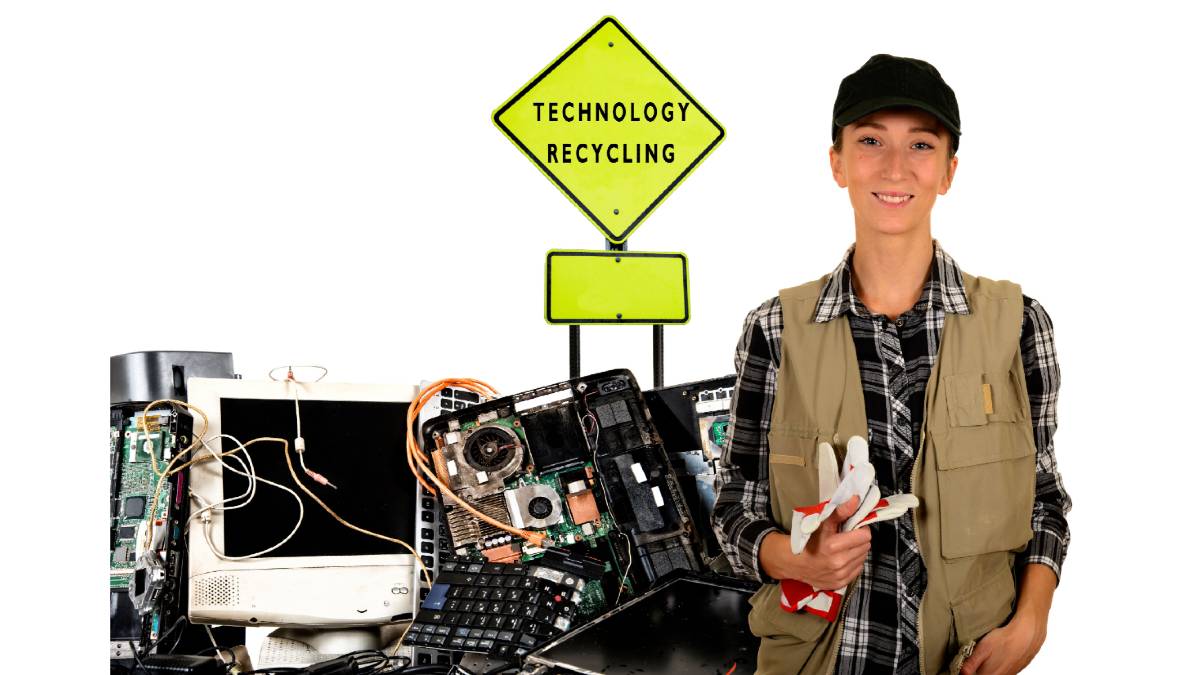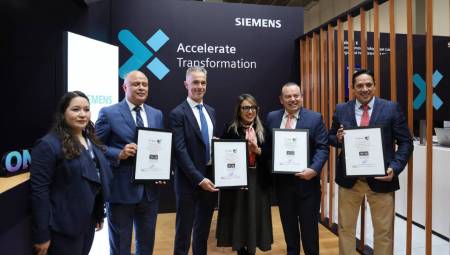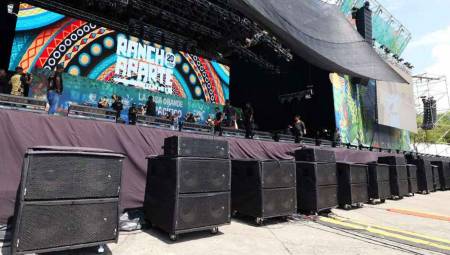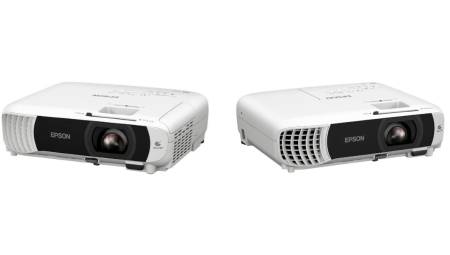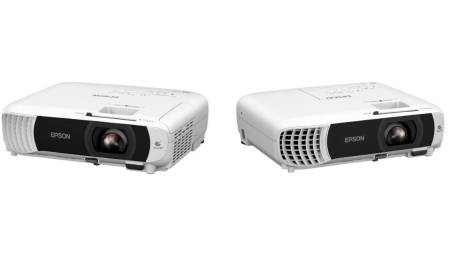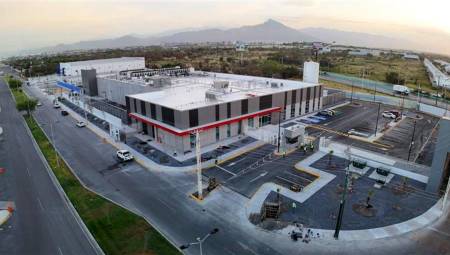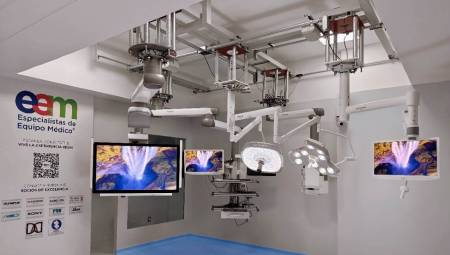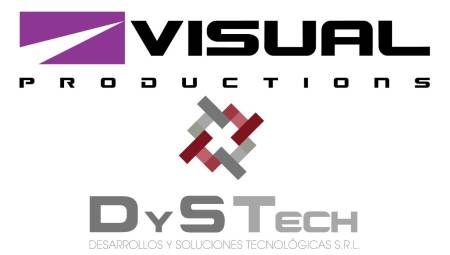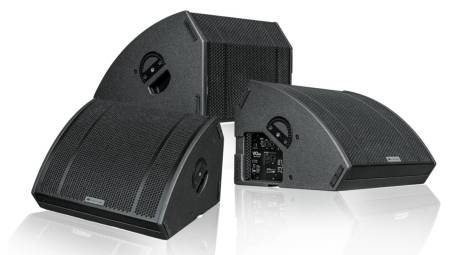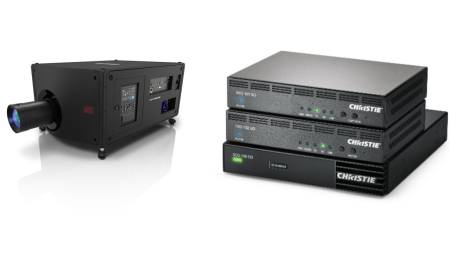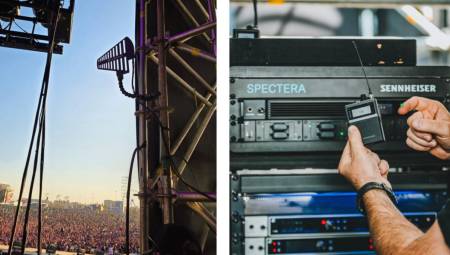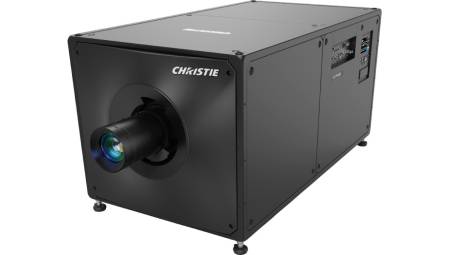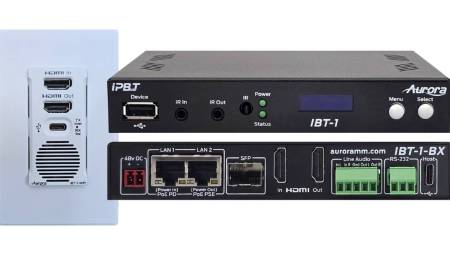The challenge of e-waste in the commercial audiovisual industry.
Juan Carlos Medina*
Recently published was the article "Still Guessing: The Proportion of Pro Audio-Visual Equipment in Global Electronic Waste" written by John Thomas, who sits on the board of directors of the SAVe organization. This document is a very clear x-ray of a problem that we face as an AV industry and that is why I think it is important to share this information with you. I am grateful to my friend John for allowing me to translate it and make it available to the public and industry in Latin America.
Let's be frank. The mountain of discarded electronics continues to grow at an alarming rate, casting a long shadow over the sustainability of our planet. The volume of this waste, which has increased relentlessly over the past decade, leaves no doubt that our current patterns of consumption and disposal are fundamentally flawed.
In 2022 alone, the world generated a staggering 62 million metric tons of e-waste, nearly double the amount recorded in 2010. Projections indicate that this figure could reach the even more colossal figure of 82 million metric tons by 2030. This growing production far exceeds our ability to manage it responsibly; In 2022, only about 22% of the e-waste generated was documented as recycled through environmentally sound practices.
Now, consider this: within that paltry 22% of recycled e-waste, what proportion consists of commercial audio-visual (AV) equipment? It's a question that produces a frustratingly vague answer: probably an insignificant amount, so small that it barely registers in the grand scheme of things.
For the most part, when we talk about electronic waste, we mean anything with a printed circuit board (PCB), from the computers on our desks to the refrigerators in our kitchens. That doesn't include cables, as well as components like lights, batteries, and AC adapters, among others. Distinguishing a sophisticated Crestron processor from a standard Dell PC, or the control panel of an e-bike, is often beyond the scope of a recycler's operation. Once these devices are broken down, they simply become a collection of printed circuit boards and various components.
The economic incentive for recyclers lies in recovering valuable non-renewable resources such as gold, copper, silver and platinum. This reality underscores the urgent need for the commercial AV industry to better understand the materials contained in the equipment we discard. Such knowledge is crucial for developing customized recycling programs, assigning responsibility for end-of-life management, and ultimately reducing our collective environmental footprint.
We are essentially operating in the dark, with little to no reliable information about the amounts involved. The key point of the issue lies in the frustrating lack of concrete data regarding the contribution of commercial AV equipment to the overall e-waste problem. This information gap arises from the absence of established regulations, industry-wide best practices, or even compelling reasons for stakeholders to meticulously track this specific category of waste.
Adding to the problem, manufacturers often seem to disassociate themselves once their products reach the end of their useful life. In addition, existing infrastructure for waste management and recycling typically does not differentiate between commercial AV equipment and more general categories such as IT or telecommunications hardware. Consequently, trying to establish the volume or weight of discarded commercial AV equipment is a daunting task, given the immense diversity of products within this sector, ranging from video projectors and video wall displays to complex speaker systems and rack-mounted audio equipment.
This significant absence of specific data presents a major obstacle to accurately assessing our industry's impact on the global e-waste stream. Without dedicated mechanisms for the monitoring and reporting of this waste, any estimation remains speculative, hindering our ability to make informed decisions regarding waste management strategies and policy development within the commercial AV arena.
Given the absence of a specific category for commercial AV within global e-waste reporting, it is reasonable to assume that our team is being aggregated into broader classifications. Smaller items such as microphones, compact audio mixers, video cameras, and radios probably fall under the umbrella of "small equipment," which encompasses anything with dimensions less than 50 cm.
Larger components, such as displays and amplifiers, could be classified as "large equipment," along with items such as printing presses and copiers. Networked control systems and video conferencing units could be hidden within the category of "IT and telecommunications equipment," along with laptops, mobile phones, and routers.
While a significant portion of AV equipment, particularly smaller and networked components, is likely to fall within these categories of "small equipment" and "IT," this broad categorization provides little insight into the actual volume of AV-specific e-waste we are generating. The lack of granularity prevents us from isolating significant figures.
In addition, the inclusion of consumer electronics within the same categories further darkens the picture, making any direct estimate highly unreliable. Compounding this problem is the fact that different regions around the world employ varying methods to sort e-waste, making it even more difficult to gain a unified understanding of the contribution of the commercial AV sector on a global scale.
The lifespan of commercial AV equipment is not uniform; varies considerably depending on the type of equipment and the intensity of its use. Industry estimates suggest that displays such as LED screens, LCD monitors, and projectors typically have a lifespan of around 5 to 7 years.
Speakers and audio systems tend to have a longer lifespan, often longer than a decade. However, video conferencing systems and integrated control systems often have a shorter lifespan. The rapid pace of technological innovation within our industry is a significant contributing factor to this. The constant demand for upgrades to meet the latest audio and video standards, resolutions, and software often requires the replacement of perfectly functional AV devices, effectively shortening their lifespan.
This continuous cycle of technological advancement and subsequent replacement generates a steady stream of e-waste. Conversely, external factors such as the imposition of tariffs on imported AV equipment, as seen in the US, could lead companies to keep their existing equipment for longer periods rather than opting for immediate upgrades.
When it comes to responsible disposal of AV equipment, it is of utmost importance due to the presence of various materials, including metals, plastics, and even hazardous substances such as lead, mercury, and cadmium. The most effective approaches to managing this waste include reusing or repurposeing equipment within the organization or local community, returning it to manufacturers for refurbishment or recycling, or utilizing certified electronics recyclers that comply with strict environmental regulations.
In addition, there is a growing movement advocating for "modular sustainability" in AV design, which focuses on creating systems that are adaptable, minimizing waste through component-level upgrades or replacements, and facilitating recycling. While these responsible disposal options exist, there is a significant lack of comprehensive data on how often commercial AV equipment is recycled. The likelihood of recycling likely depends on factors such as the size of the company, its knowledge of available recycling programs, and the accessibility of convenient, certified recycling facilities in its vicinity.
In conclusion, without reliable quantitative data, accurately assessing the environmental impact, resource recovery potential, and effectiveness of current recycling efforts for commercial AV equipment remains a significant challenge. The good news is that the landscape is starting to change (slightly and slowly).
Evolving e-waste regulations and various initiatives, such as updates to California's e-waste legislation, stricter regulations on e-waste shipments under the Basel Convention, and the growing global adoption of Extended Producer Responsibility (EPR) laws, all indicate a growing recognition of the imperative to improve e-waste management.
Credits and Acknowledgements:
John Thomas, SAVe Board Member
SAVe, sustainability in AV. https://saveav.org/
*Juan Carlos Medina, CTS, is the director of the integration company Viewhaus and SaVe's ambassador for Mexico. You can contact him through [email protected]



